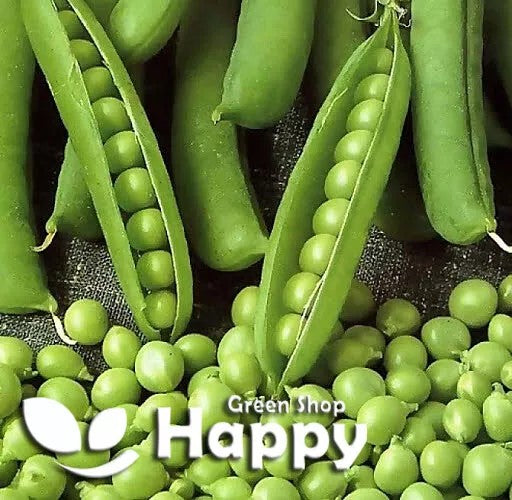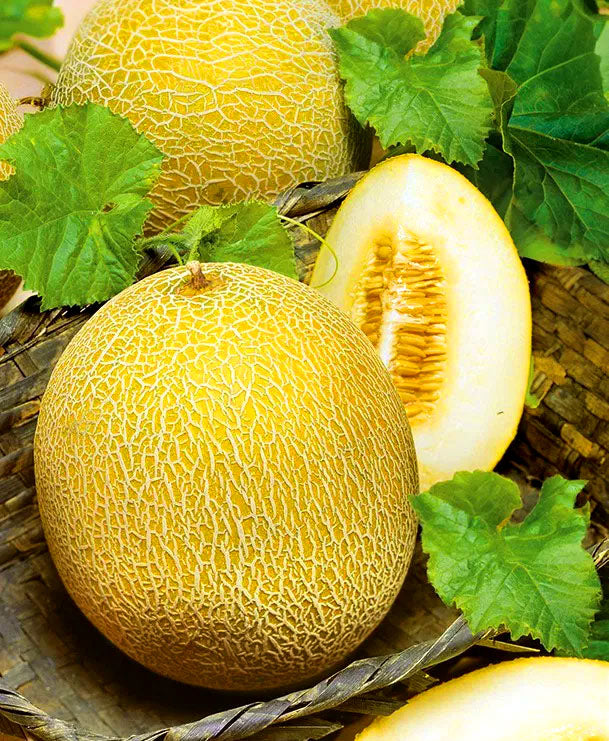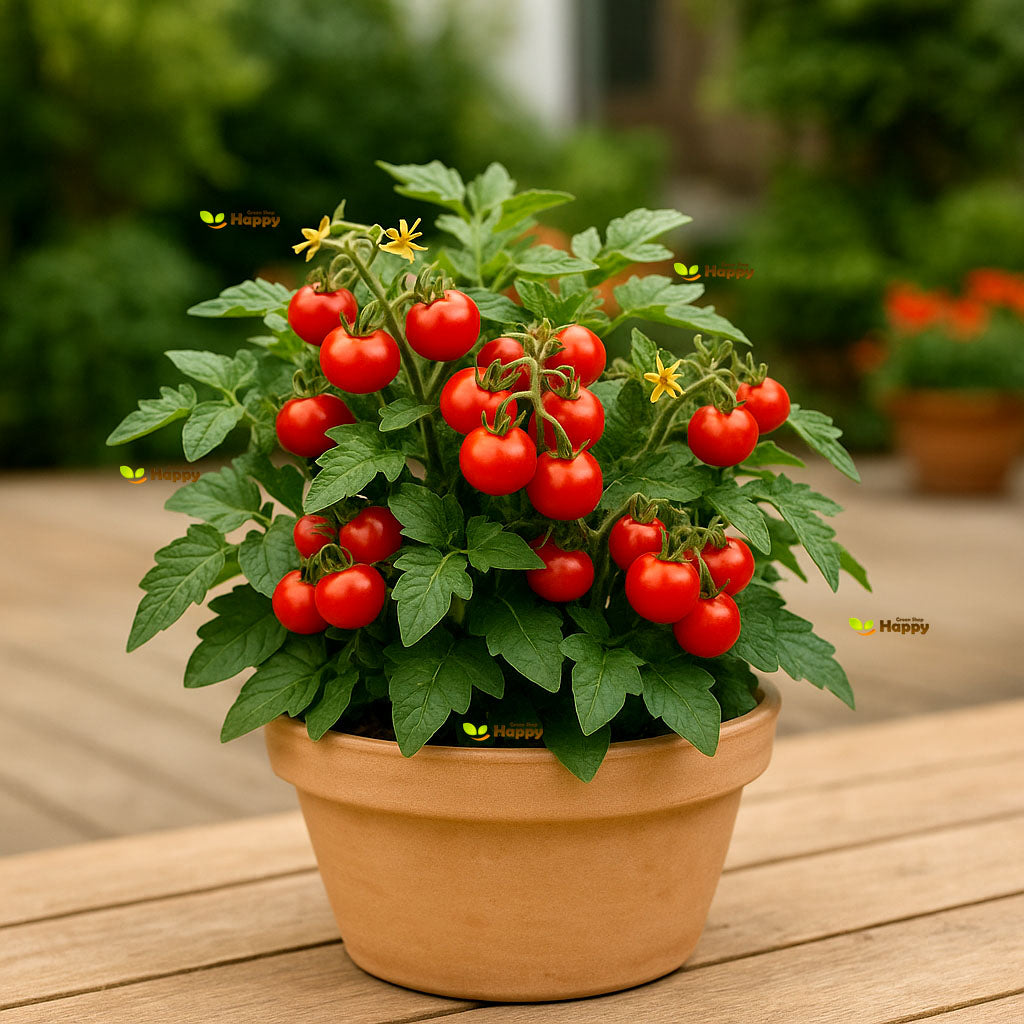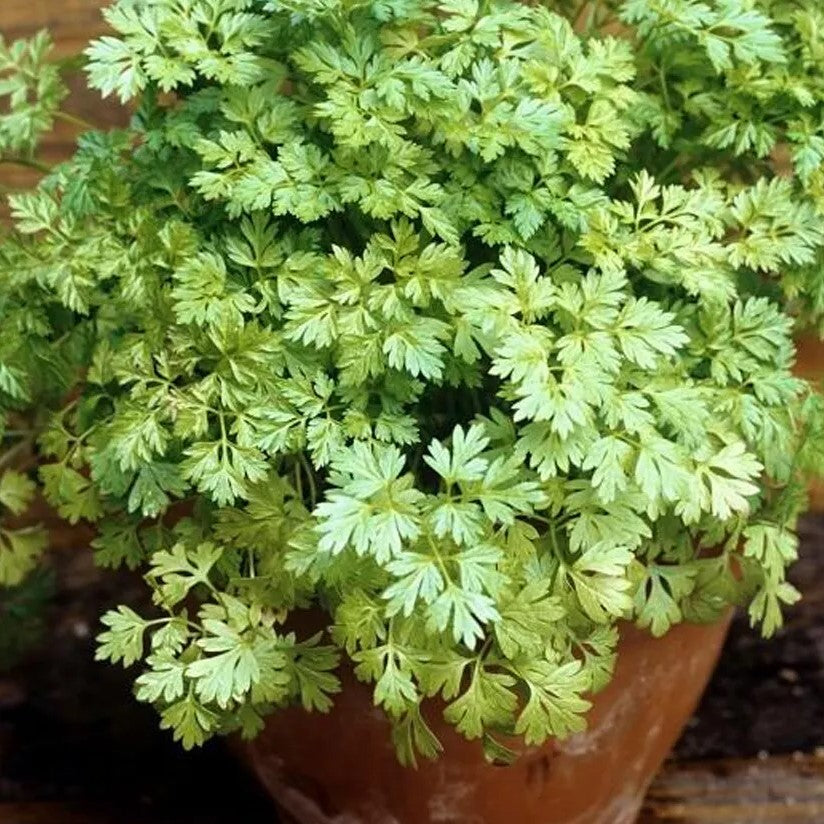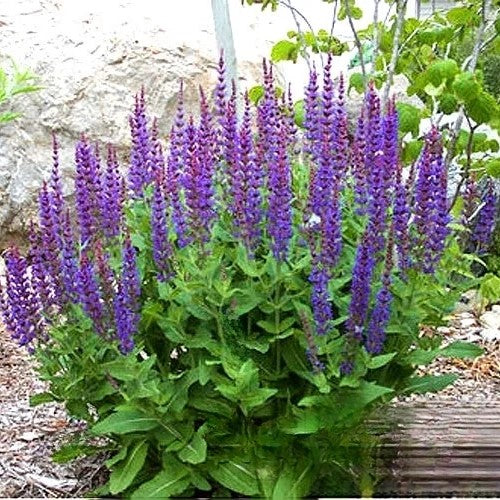Sort by:
1113 products
1113 products
Celosia ‘Flamingo Feather’ – Elegant, Long-Lasting Plumes
Celosia ‘Flamingo Feather’ produces graceful, feathery spires in shades of soft pink to deep rose that sway gently in the breeze. These tall, airy blooms add texture and height to borders, cut flower gardens, and dried arrangements. Flowering from summer to frost, they bring movement and elegance to any display.
What Makes It Special
-
Striking pink feathery blooms with a soft, romantic look
-
Tall, upright growth perfect for adding height
-
Excellent cut flower with long vase life
-
Suitable for drying and craft work
-
Heat-tolerant and long-flowering
Key Features
-
Height: 80–100 cm – ideal for back borders
-
Unique texture for mixed arrangements
-
Blooms from midsummer until frost
-
Attracts pollinators and beneficial insects
-
Low-maintenance, thrives in sunny spots
Ideal For
-
Cutting gardens and floral arrangements
-
Cottage garden borders and tall beds
-
Dried flower crafts and wreaths
-
Adding height and texture to displays
Sowing
-
Sow indoors 6–8 weeks before last frost or direct sow after frost danger has passed
-
Surface sow and lightly press into soil
-
Germination: 7–14 days at 21–24°C
-
Space plants 25–30 cm apart
-
Prefers full sun and well-drained soil
Celosia Dwarf Mix – Compact Plumes of Brilliant Color
Celosia Dwarf Mix bursts into bloom with feathery plumes in vivid shades of red, orange, yellow, and pink. With a neat, compact habit, these cheerful plants are perfect for pots, edging, and small garden spaces. Flowering nonstop until frost, they bring texture and bright color all summer long.
What Makes It Special
-
Compact, space-saving version of plumed celosia
-
Vivid mix of long-lasting summer colors
-
Perfect for pots, edging, and borders
-
Heat- and drought-tolerant for easy care
-
Great for fresh or dried floral displays
Key Features
-
Height: 20–30 cm – ideal for small spaces
-
Continuous blooms from summer to frost
-
Attracts bees and butterflies
-
Low-maintenance, sun-loving plants
-
Adds texture and height to small plantings
Ideal For
-
Patio pots and balcony planters
-
Edging along borders and pathways
-
Small garden beds
-
Dried flower arrangements and crafts
Sowing
-
Sow indoors 6–8 weeks before last frost or direct sow after frost danger has passed
-
Lightly press seeds into soil without covering deeply
-
Germination: 7–14 days at 21–24°C
-
Space plants 20–25 cm apart
-
Requires full sun for best blooms
Celosia Giant Mix – Towering Plumes of Fiery Color
Celosia Giant Mix produces bold, feathery plumes in brilliant shades of red, orange, yellow, and pink. These tall, show-stopping blooms add vibrant color and striking texture to summer borders, cutting gardens, and large containers. Flowering nonstop until frost, they bring drama and height to any display.
What Makes It Special
-
Extra-tall plumed celosia for maximum impact
-
Brilliant mix of fiery summer colors
-
Excellent for cut and dried floral arrangements
-
Thrives in hot, sunny conditions
-
Long-flowering from summer to frost
Key Features
-
Height: 80–100 cm – perfect for back borders
-
Heat- and drought-tolerant once established
-
Adds height and structure to garden designs
-
Attracts bees and butterflies
-
Easy to grow and low-maintenance
Ideal For
-
Back borders and cutting gardens
-
Large pots and planters
-
Dried flower crafts and arrangements
-
Bold, tropical-inspired displays
Sowing
-
Sow indoors 6–8 weeks before last frost or direct sow after frost danger has passed
-
Lightly press seeds into soil, do not cover heavily
-
Germination: 7–14 days at 21–24°C
-
Space plants 25–30 cm apart
-
Prefers full sun and well-drained soil
Chantenay Carrot ‘Charisma’ F1 Seeds (Daucus carota)
Grow high-yield, flavorful carrots with Chantenay Carrot ‘Charisma’ F1 (Daucus carota). This uniform, early-maturing variety produces thick, short, orange roots with excellent taste, ideal for fresh salads, cooking, and roasting. Hardy and easy to grow, it’s perfect for kitchen gardens, raised beds, and succession sowing.
How to Grow
-
Sow seeds directly outdoors from early spring to midsummer.
-
Use fertile, well-drained soil in full sun.
-
Sow seeds 1 cm deep and thin seedlings to 5–8 cm apart.
-
Keep soil consistently moist for optimal germination (10–14 days).
-
Harvest roots when fully grown but still tender for best flavor.
Key Features
-
Thick, short, uniform orange roots
-
Early-maturing, high-yield F1 hybrid
-
Sweet and flavorful, perfect for salads, cooking, or roasting
-
Reliable and easy to grow
-
Suitable for succession sowing and continuous harvest
Ideal For
-
Vegetable gardens, raised beds, and allotments
-
Fresh salads, cooking, and roasting
-
Succession sowing for steady harvests
-
Homegrown culinary use
Sowing
-
Best time: Early spring to midsummer outdoors
-
Depth: 1 cm
-
Spacing: Thin to 5–8 cm apart
-
Prefers full sun and fertile, well-drained soil
Quick Tip
-
Sow in successive batches every 2–3 weeks to enjoy a continuous supply of tender, sweet roots.
Cherry Tomato “Minibel” – 40 Seeds (Solanum lycopersicum)
Description:
Grow sweet, bite-sized cherry tomatoes with “Minibel” (Solanum lycopersicum). This compact, high-yielding variety produces clusters of bright red, flavorful tomatoes ideal for salads, snacking, and garnishing. Perfect for containers, greenhouses, or small garden spaces, Minibel is easy to grow from seed and provides continuous harvests throughout the summer. A must-have for home gardeners seeking fresh, delicious cherry tomatoes.
Key Features
-
Compact, high-yielding cherry tomato variety
-
Bright red, sweet, and flavorful fruits
-
Continuous harvest from summer to early autumn
-
Ideal for containers, greenhouses, and small gardens
-
Easy to grow from seed
Ideal For
-
Containers and balcony planters
-
Greenhouses and small garden beds
-
Salads, snacking, and culinary use
-
Home gardeners seeking fresh, flavorful tomatoes
Sowing & Growing
-
Sow Indoors: February–April
-
Transplant Outdoors: May, after frost
-
Germination: 7–14 days at 20–25°C
-
Spacing: 30–40 cm apart
-
Support: Staking or cages recommended
-
Light: Full sun
-
Soil: Fertile, well-drained
Care Tips
-
Water consistently, keeping soil moist but not waterlogged
-
Fertilize regularly with a tomato or balanced fertilizer
-
Prune lightly to improve airflow and fruit production
-
Harvest when tomatoes are fully red for best flavor
Cherry Tomato 'Rubinka' – Seeds (Lycopersicum esculentum)
The Cherry Tomato 'Rubinka' is a prolific variety producing small, round, bright red fruits with a rich, sweet flavor. Perfect for snacking, salads, roasting, or garnishing dishes, these cherry tomatoes are a favorite for home gardeners and urban growers.
Compact and vigorous, 'Rubinka' plants are suitable for containers, hanging baskets, or garden beds. Its early and abundant yield ensures a continuous supply of flavorful tomatoes throughout the season.
How to Grow
-
Sow indoors: February – April
-
Transplant outdoors: After last frost, spacing 40–50 cm apart
-
Position: Full sun
-
Soil: Fertile, well-drained soil enriched with compost
-
Care: Support plants with stakes or cages; water consistently to prevent cracking
Key Features
-
Small, sweet, bright red cherry tomatoes
-
Early and abundant yield
-
Compact, vigorous plants suitable for containers and gardens
-
Perfect for snacking, salads, and garnishes
-
Easy-to-grow variety for home gardeners
Harvest
-
Harvesting period: 60–75 days after sowing
-
Pick fruits when fully red for best flavor and sweetness.
Short Tip
Regularly harvesting ripe fruits encourages continuous production and prevents overripening.
Chervil – Seeds
(Anthriscus cerefolium) – Classic Culinary Herb
Chervil is a delicate, aromatic herb with finely cut, fern-like leaves and a subtle aniseed flavor. Often called the “gourmet’s parsley”, it is an essential ingredient in French cuisine and one of the traditional fines herbes (with parsley, tarragon, and chives). Best used fresh, chervil enhances soups, salads, omelets, fish, and sauces, adding a refined, mild flavor.
Key Features
-
Type: Annual culinary herb
-
Height: 30–50 cm
-
Leaves: Finely cut, light green, fern-like
-
Flavor: Mild anise, delicate and fresh
-
Harvest: 6–8 weeks after sowing
-
Use: Fresh leaves for seasoning
Ideal For
-
Culinary herb gardens & kitchen windowsills
-
French and Mediterranean dishes
-
Continuous harvest in small spaces
-
Pairing with parsley, tarragon & chives
Sowing & Growing
-
Sow outdoors: March–August, directly into the soil.
-
Depth: 0.5 cm, thinly in rows 20 cm apart.
-
Germination: 14–21 days at 12–18°C.
-
Position: Partial shade, moist, humus-rich soil.
-
Harvest: Young leaves as needed.
Care Tips
-
Regular sowings every 3–4 weeks ensure a constant supply.
-
Avoid hot, sunny locations (prefers cool shade).
-
Use leaves fresh – drying reduces flavor.
Chia – Seeds (Salvia hispanica)
Chia (Salvia hispanica) is an ancient superfood crop, grown for its tiny black seeds packed with nutrition. Rich in omega-3 fatty acids, fiber, protein, and antioxidants, chia seeds are a versatile kitchen staple, perfect for smoothies, puddings, baked goods, or simply sprinkled over salads and yogurt. Easy to grow, chia is a fast-developing annual that also produces delicate blue-purple flowers, making it both useful and ornamental.
How to Grow
-
Sow indoors or outdoors: April – June in warm soil or pots.
-
Soil: Well-drained, light soil in full sun.
-
Spacing: 25–30 cm apart.
-
Water lightly but regularly until plants are established.
-
Harvest seeds when flower heads dry and turn brown.
Key Features
-
Ancient superfood crop
-
Tiny seeds rich in omega-3, fiber, and protein
-
Easy to grow annual with purple-blue flowers
-
Dual-purpose – edible and ornamental
-
Perfect for smoothies, puddings, and baking
Ideal For
-
Kitchen gardens and health-conscious growers
-
Smoothie bowls, baking, and healthy snacks
-
Gardeners looking for edible flowers and seeds
Sowing & Harvest
-
Sow: April – June
-
Harvest: September – October
Quick Tip
For best germination, sow chia in warm soil or start indoors on a sunny windowsill. Harvest seeds by gently shaking dried flower heads.
Chicory Baby Leaf 'Italico Rosso' – Seeds (Cichorium intybus)
Add vibrant color and a tangy bite to your salads with Chicory Baby Leaf 'Italico Rosso'. This Italian variety is known for its deep red, slender leaves and pleasantly bitter flavor that balances perfectly with milder greens. Fast-growing and easy to harvest as baby leaves, it is a staple for gourmet salad mixes and year-round growing.
How to Grow
. Sow directly outdoors or under cover from March to September
. Scatter thinly and cover lightly with soil, keeping moist until germination
. Harvest young leaves at 5–10 cm for baby salad mixes
. For cut-and-come-again harvests, trim leaves regularly to encourage regrowth
. Prefers fertile, well-drained soil in sun or partial shade
Key Features
. Italian chicory with striking red baby leaves
. Distinctive tangy, slightly bitter flavor
. Quick to mature, harvestable in weeks
. Perfect for cut-and-come-again cropping
. Adds texture and color to gourmet salads
Ideal For
. Fresh salad mixes
. Gourmet dishes and Italian cuisine
. Cut-and-come-again harvesting
. Gardeners seeking unique leafy greens
Sowing & Harvest
. Sow: March – September
. Harvest: April – October
Quick Tip
Mix 'Italico Rosso' with milder lettuces and rocket for a balanced, colorful salad bowl.
Showing 216/1113

